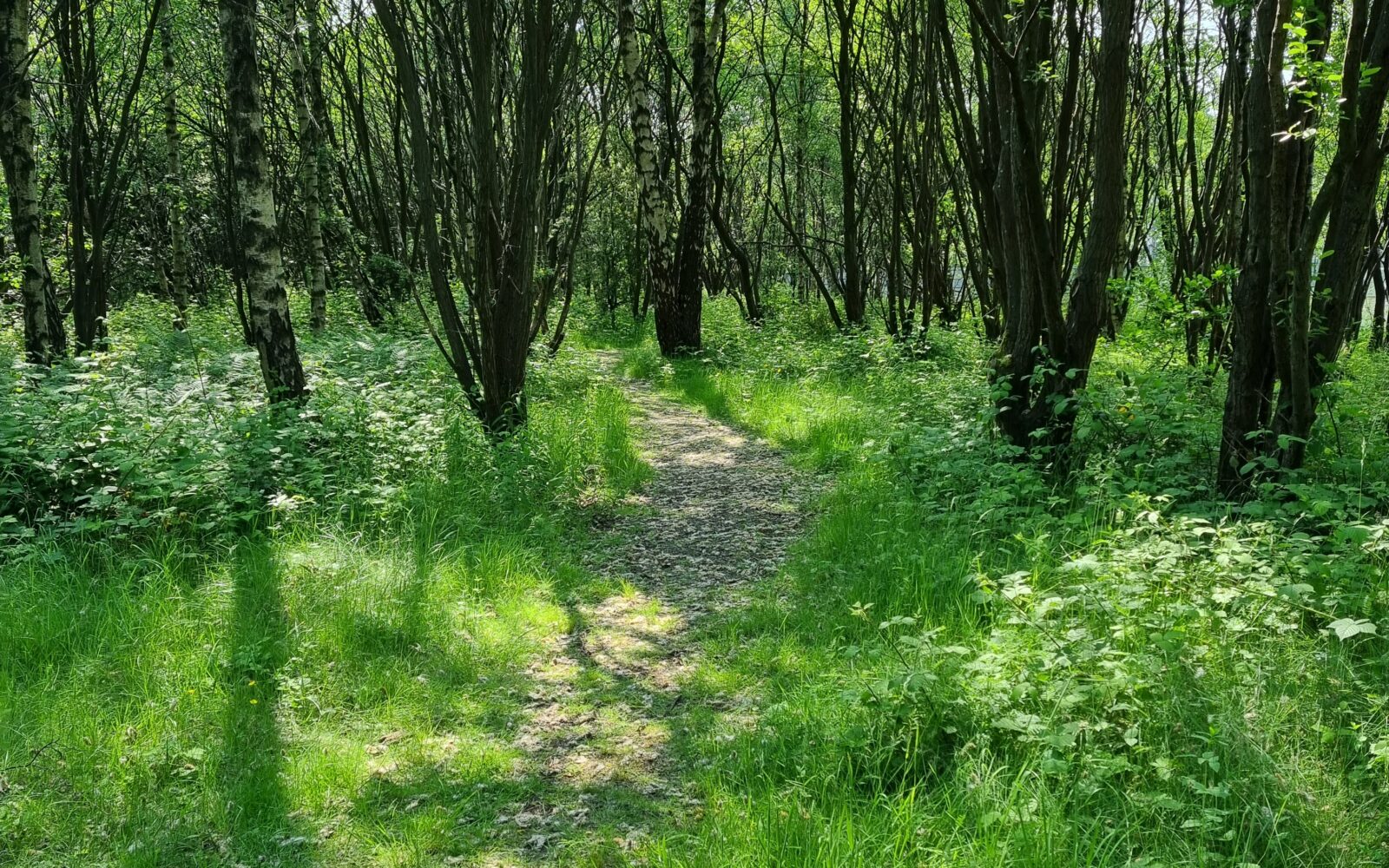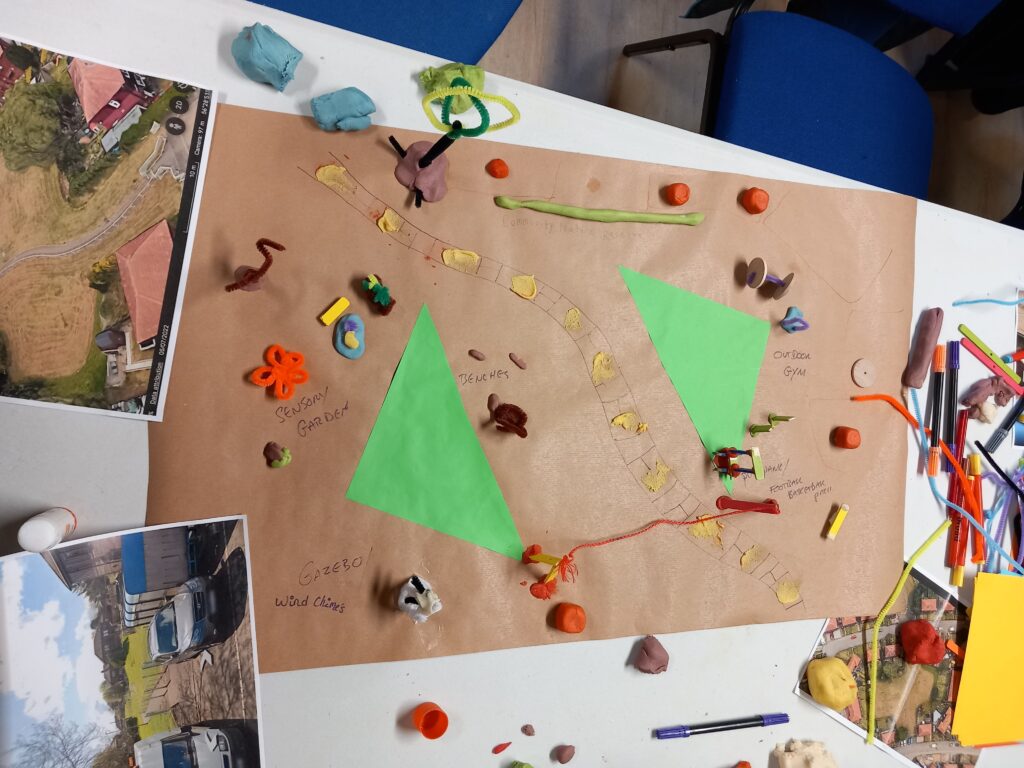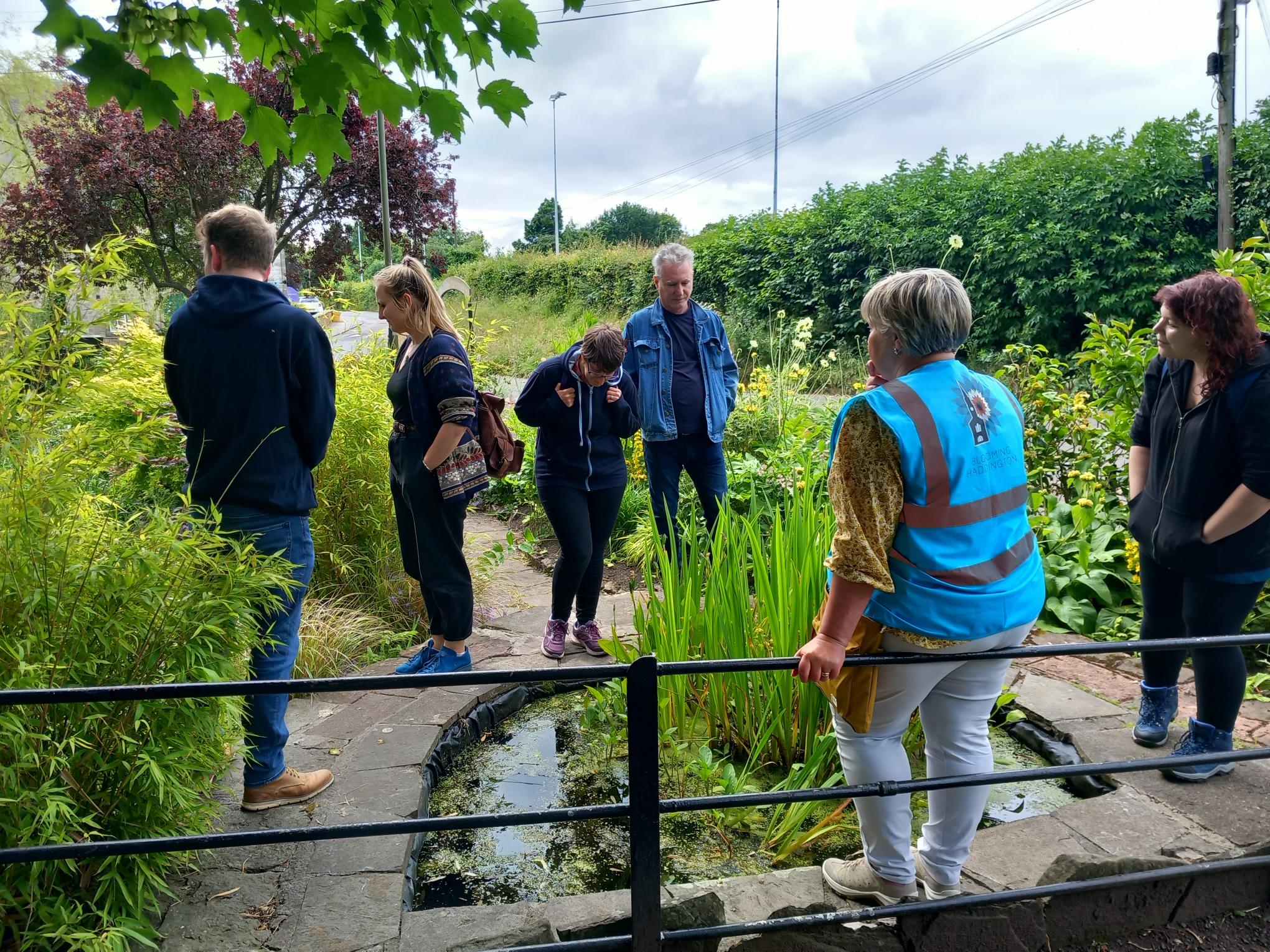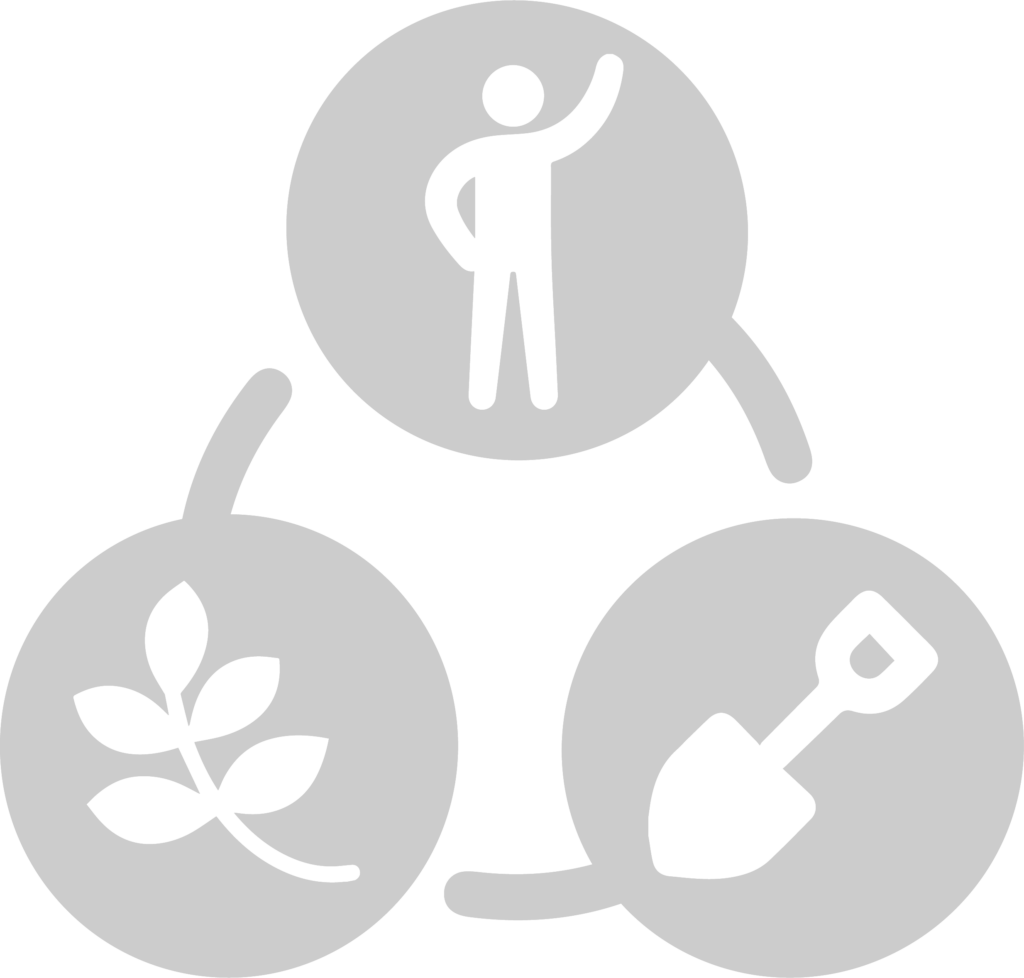As a local resident, you know where you live better than anyone. It’s likely you spend plenty of time in and around your neighbourhood and can see how it changes over time. This gives you the power to create places that work for local people and nature. Understanding the people and places in your community will help you identify ways you can improve your surroundings.
Things to consider…
- Mapping your community. When you start to engage your local community, a useful first step is to map out the local area. Print a map of your area and take a walk, jotting down some notes as you go. Here are some things to look out for:
- Are there lots of houses with no outdoor space?
- Are there any parks? If so, is there space for wildlife there?
- Are there other existing areas for nature?
- Spot the important places; these could be places where people meet, such as a coffee shop or park. Other important places are areas of land that could be used better, for example a corner of the park that nobody uses, or an area of waste land that could be repurposed.
- Get to know your neighbours. Speaking directly with the people in your community will help you understand your neighbourhood even more. It can also be helpful further down the line if you want to setup a community consultation or recruit volunteers. You could ask parents in the playground, people visiting the park, or visit local businesses to find out what improvements or additions they’d like to see for nature. People might feel that there isn’t enough nature or that their local green spaces aren’t accessible enough. Ask them what they think is missing from the community.
- Understand your community. Check if there are active community groups in your area. Seeing what groups already exist is a great way to understand what local people are interested in and will help identify key people in the local community. Consider who has influence or knowledge in your local community and reach out to them. It could be the local shop or café owner, or the person who runs the nursery or school, the local church minister, or the manager of your local community or sports centre.
- Assessing the needs of your community. As well as talking to people directly, another tool some may find useful in thinking about how nature might benefit your community is by thinking about ecosystem services. Ecosystem services are the processes and benefits provided by nature that improve human wellbeing. These include non-physical and physical benefits people gain from nature, and the benefits people gain because of the natural functioning and processes of ecosystems.
- Sharing information. Whether you want to advertise a community consultation, gather ideas and feedback, or share plans for a project, there are a few ways to help you spread the word. Door knocking, leafletting, having a stall at a local event or in a public place, posting on social media, and sharing with other community networks are all great ways to spread the word, start conversations, and get to know your neighbourhood.


community and the wildlife will use them. © Scottish Wildlife Trust

Useful links
- If you’d like to learn more about ways to share information with others, gain access to example conversation starters, and activating people to get involved in your project, our free online Pioneers Programme course provides more in-depth ideas and information on how to approach local people and start the conversation. Find out more about the programme here.
- Earth.org shares more information here about what ecosystem services are and why they’re so important in making links between nature and people.
- 10 Guidelines for Inclusive Community Engagement from Maptionnaire has some additional ideas for engaging your community in projects and how to ensure these are inclusive.
- This Digital Mapping guide from Roots and Shoots is aimed at educators and students, but can be used as a guide for anyone looking to map their community, with ideas of important aspects of the area to consider when mapping, as well as a handy step-by-step guide to creating a digital map with Google Maps and highlighting different areas of interest.
- The Power of a Plan – Planning Aid Scotland (pas.org.uk) provides an insight into why creating an action plan with your community is so useful for implementing real, lasting change.
- If you want to find out more about how to run a community consultation, visit our dedicated resource page here for more details.
